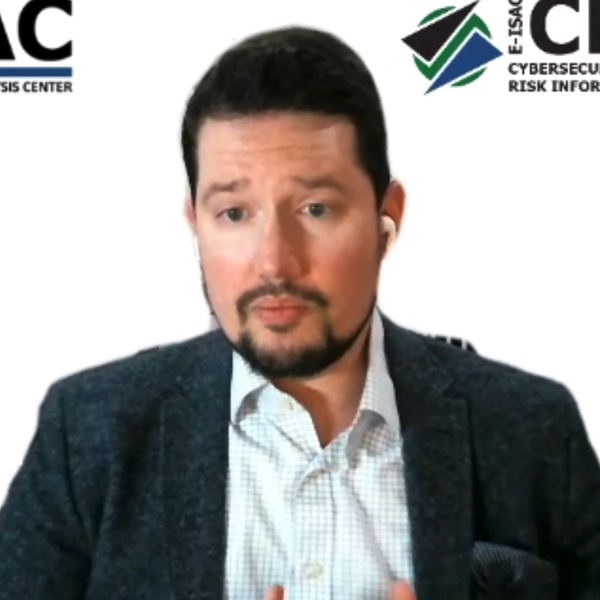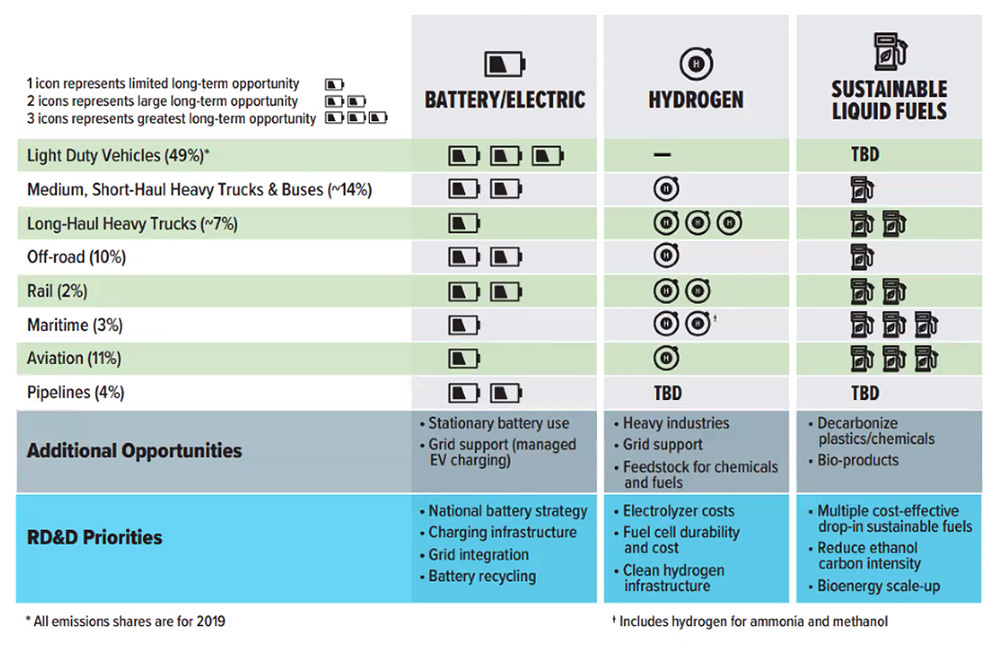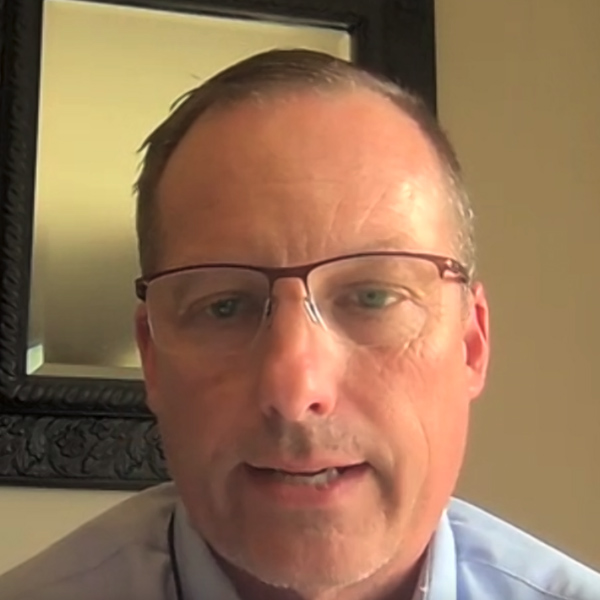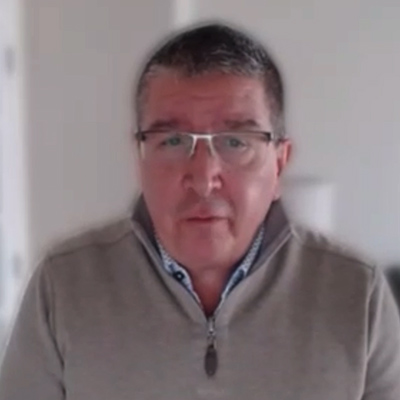CAISO’s Western Energy Imbalance Market pushed into a small part of Texas on Wednesday with the addition of El Paso Electric, which occupies the westernmost corner of the Lone Star State.
The Western Area Power Administration’s (WAPA) Desert Southwest Region and Avangrid (NYSE:AGR) also joined the WEIM on Wednesday, with the latter becoming the first generation-only participant in the interstate market.
The latest additions mean the WEIM now encompasses approximately 80% of electricity demand in the Western Interconnection and has a presence in every state in the West except Colorado. (Three Colorado utilities that had planned to join the WEIM instead joined SPP’s Western Energy Imbalance Service last year.)
“Because of their varied resources and location, these new WEIM partners further strengthen regional collaboration and coordination in the West,” CAISO CEO Elliot Mainzer said in a news release. “It’s been a pleasure to work with them in support of their effort to achieve enhanced operational efficiencies while providing cost savings to their customers.”
WAPA’s Desert Southwest Region, based in Phoenix, “sells power in Arizona, Southern California and portions of the Southwest to wholesale customers such as towns, rural electric cooperatives, public utility and irrigation districts; federal, state and military agencies; Native American tribes; and U.S. Bureau of Reclamation customers,” WAPA says on its website. It operates transmission lines to deliver power from the Hoover Dam and the Parker-Davis Project, which includes two other hydroelectric dams on the Colorado River.
EPE is a regional utility that operates generating resources — including wind, solar and natural gas plants — and transmission and distribution systems that serve more than 460,000 customers in a 10,000-square-mile area of the Rio Grande Valley in West Texas and southern New Mexico.
Avangrid has operations that sprawl across 24 states. Avangrid Renewables, the arm of the company that joined the WEIM, operates a generation-only balancing authority area in Oregon and Washington that connects to the Bonneville Power Administration’s transmission system.
“Avangrid owns and operates 18 generation facilities and provides balancing services for one third-party generator, which are made up of primarily wind resources within the BAA,” CAISO wrote in a June 29, 2022, letter to FERC that accompanied Avangrid’s agreement to join the WEIM. “The total nameplate capacity is 2,763 MW, with an additional four facilities under construction.
“Also sitting within the BAA are pseudo-tied contracted hydro facilities and the Klamath Falls Cogeneration (535 MW) and peaking (100 MW) facilities,” it said.
In a news release Wednesday, Avangrid said that as a WEIM participant, it “will support and strengthen the energy system of 11 Western states with almost 2 GW of installed emissions-free capacity from facilities that the company operates in the region.”
“Joining the WEIM as the first generation-only entity represents a meaningful milestone for the CAISO and for us,” Avangrid CEO Pedro Azagra said in the news release.
Since it began in late 2014, the WEIM has generated more than $3.4 billion in benefits for its participants, including $1 billion in 2022, by supplying lower cost energy and avoiding curtailment of renewable resources.
CAISO has been working to add a day-ahead component to the real-time market. Its Board of Governors and the EIM Governing Body approved the extended day-ahead market (EDAM) proposal on Feb. 1. (See CAISO Approves Day-ahead Market for Western EIM.)
The ISO is developing tariff language that it plans to send to FERC before the end of June.




